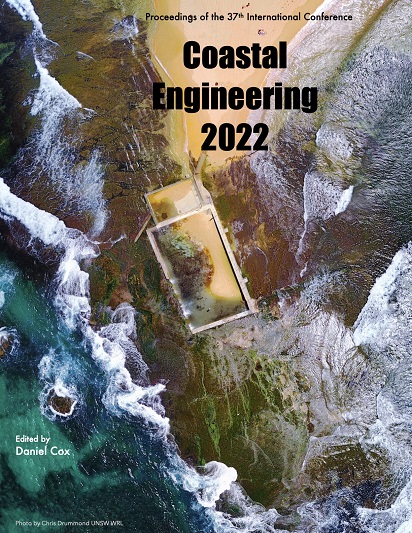Abstract
A hydrostatic stability analysis is an important first step in designing floating structures. Most of the currently available commercial software is limited to hydrostatic stability curves. Current research tries to address this limitation, by developing a framework which couples numerical hydrostatic stability analysis based on potential energy minimization, with a machine learning (ML) model based on genetic programming (GP). In this way, potential energy functions are efficiently obtained. The resulting analytical formulations offer a wider understanding of the hydrostatic stability of floating structures.References
Abolhassani (2004). On the stability of floating bodies. arXiv preprint physics/0411244.
McNeel, et al. (2022): Rhinoceros 3D, Version 6.0. Robert McNeel & Associates, Seattle, WA.
Neves, Marcelo Almeida Santos, et al. (2011): Contemporary ideas on ship stability and capsizing in waves.
Vardy, Mark, et al. (2017): The intergovernmental panel on climate change: challenges and opportunities." Annual Review of Environment and Resources 42: 55-75.
Wagner et al. (2014) Architecture and Design of the HeuristicLab Optimization Environment. In Advanced Methods and Applications in Computational Intelligence, Topics in Intelligent Engineering and Informatics Series, Springer, pp. 197-261. 2014
Wang, and Tay (2011): Very large floating structures: applications, research and development. Procedia Engineering 14: 62-72.

This work is licensed under a Creative Commons Attribution 4.0 International License.
Copyright (c) 2023 Hamid S. ElDarwich, Krisna Adi Pawitan, Iman Mansouri, Maria M. Garlock

